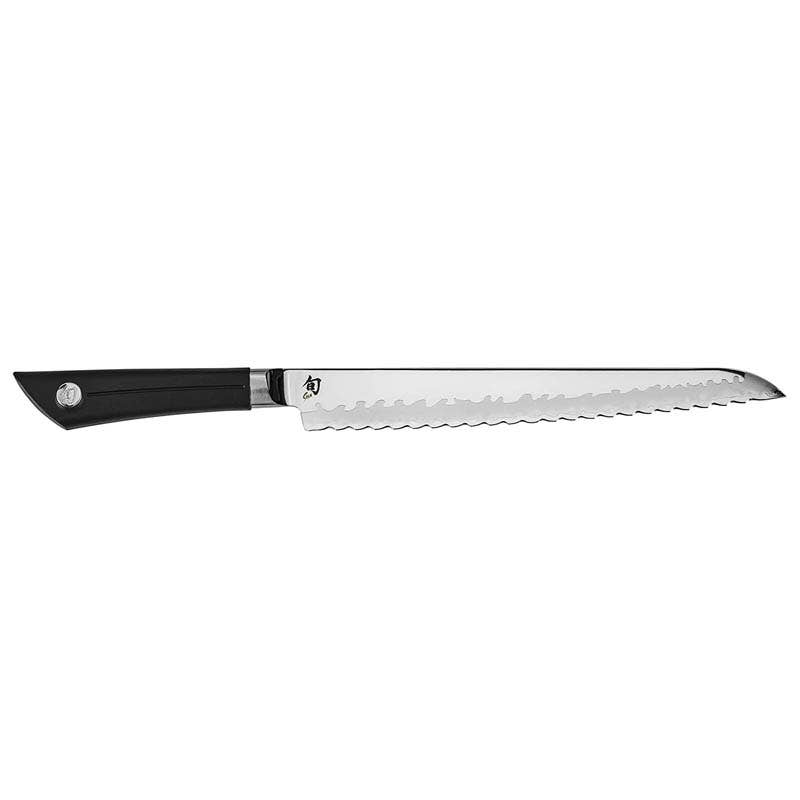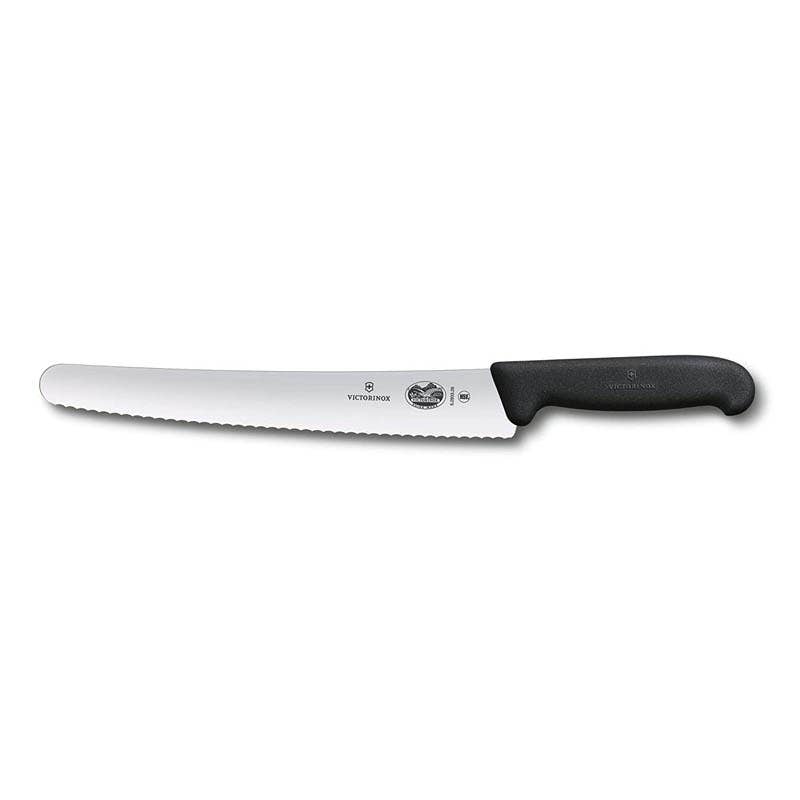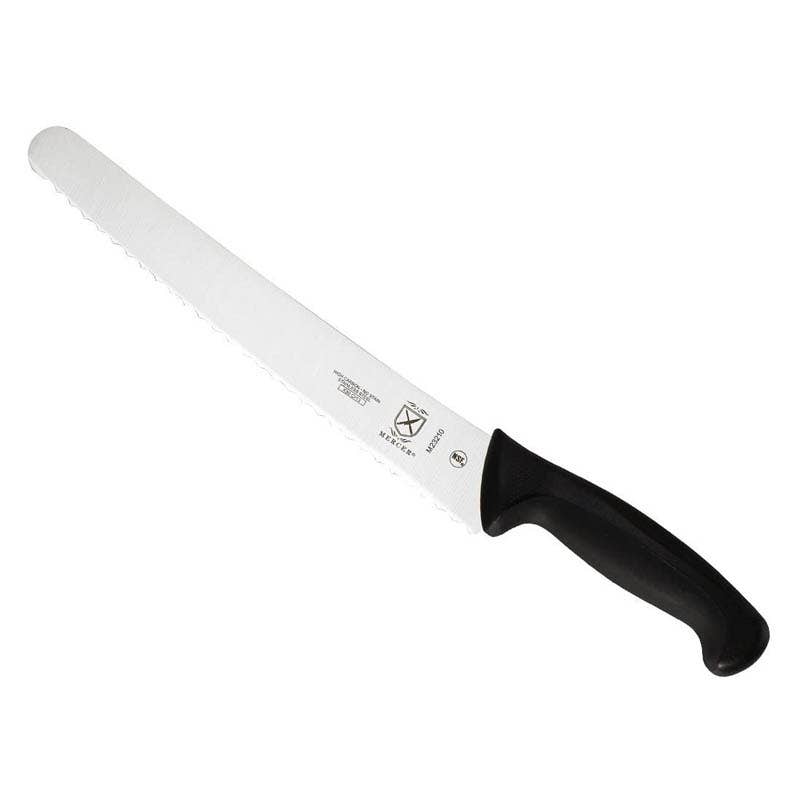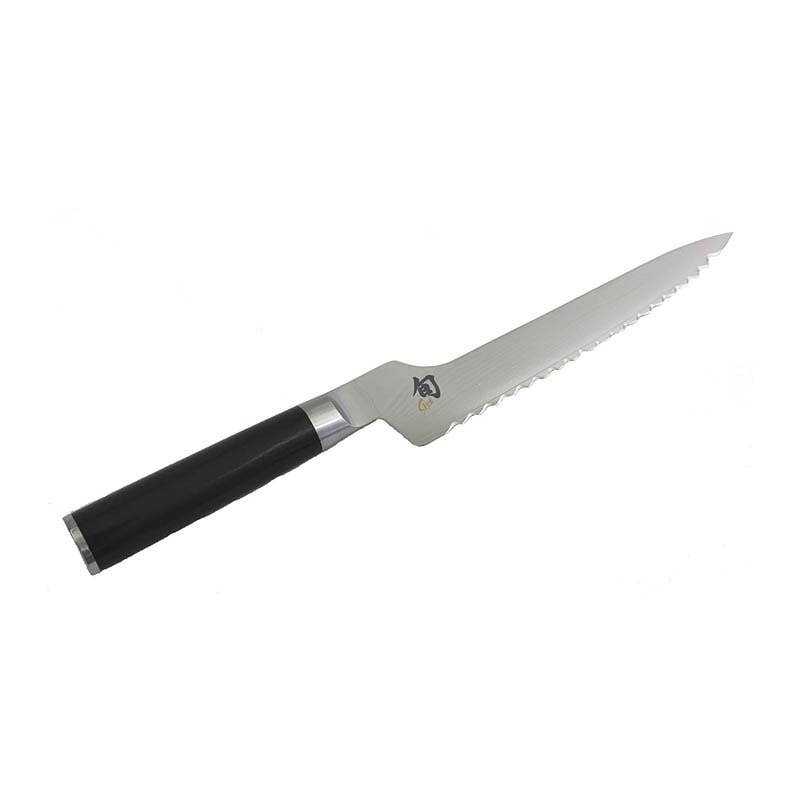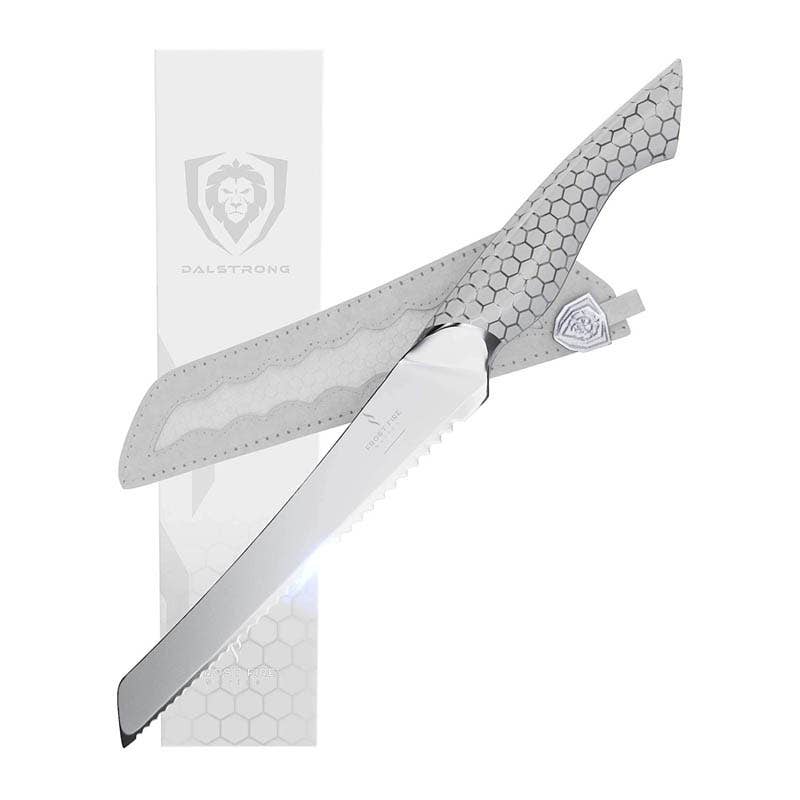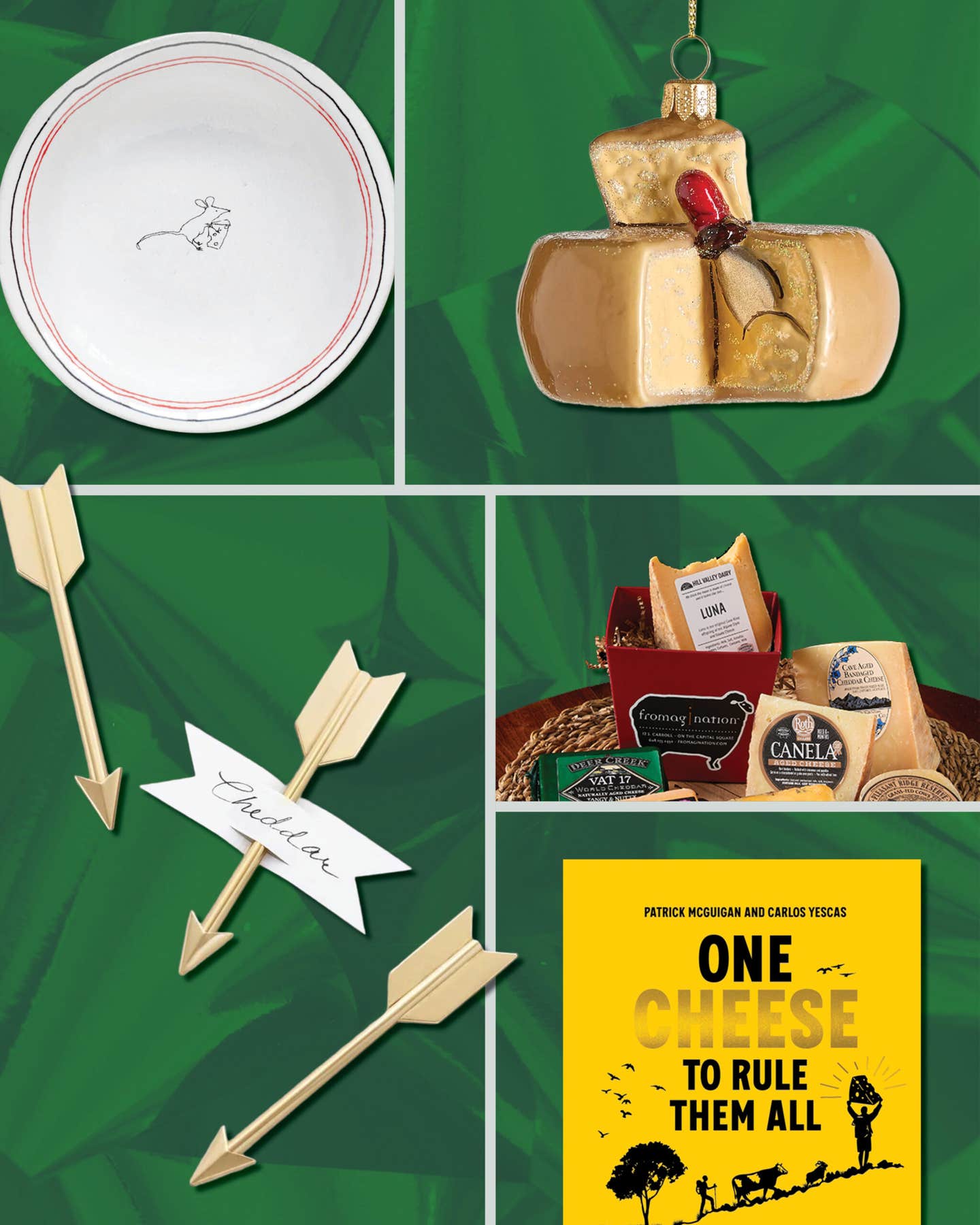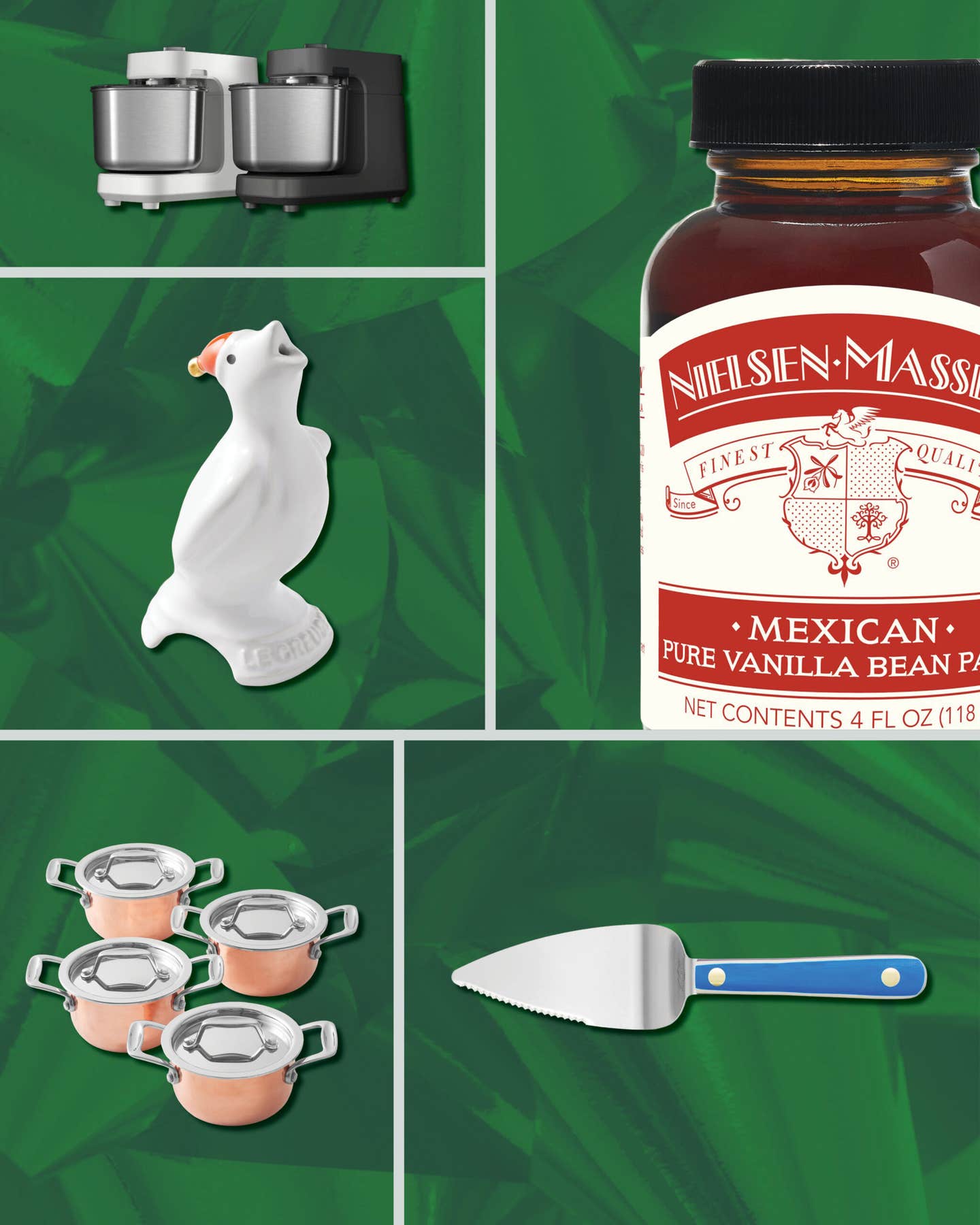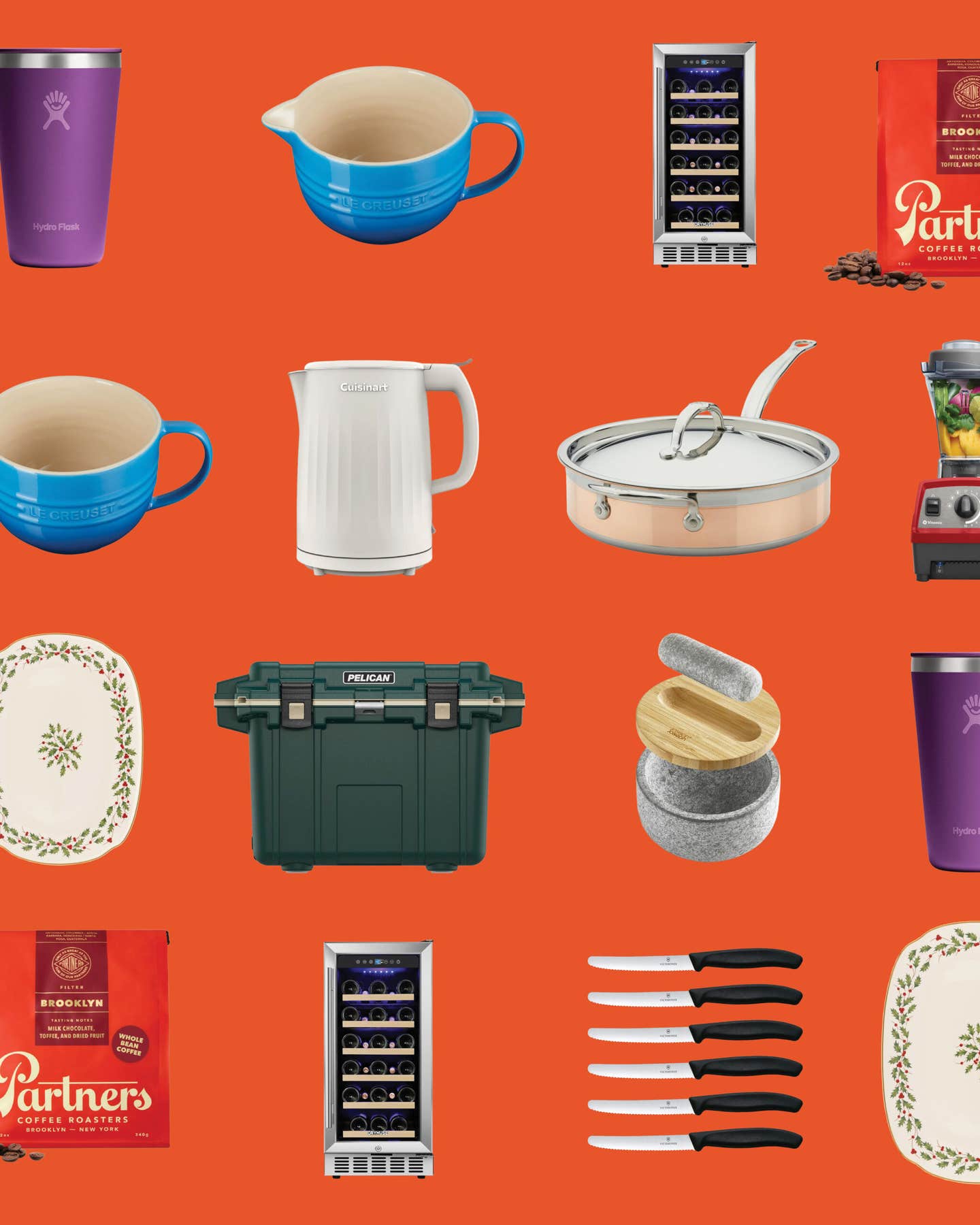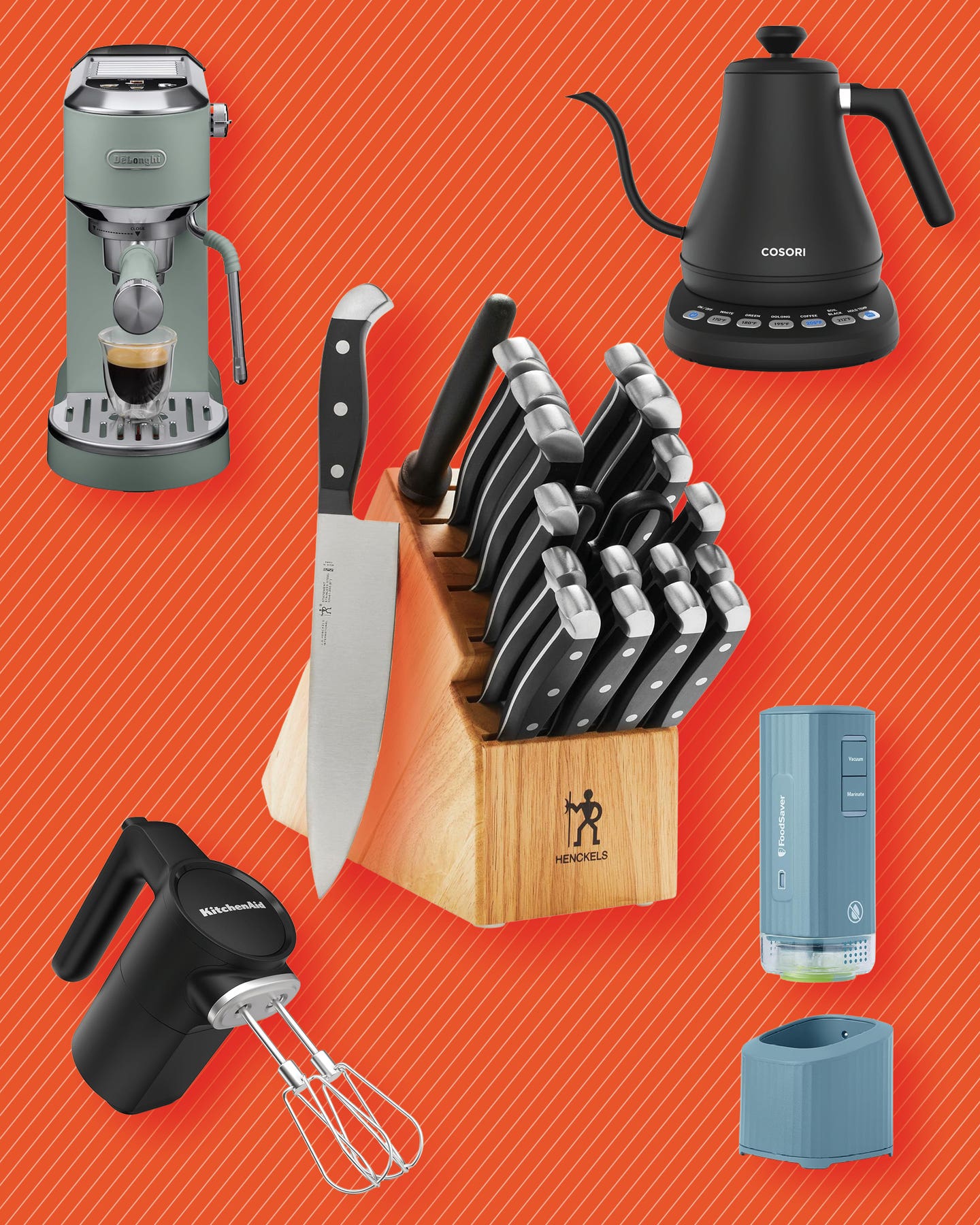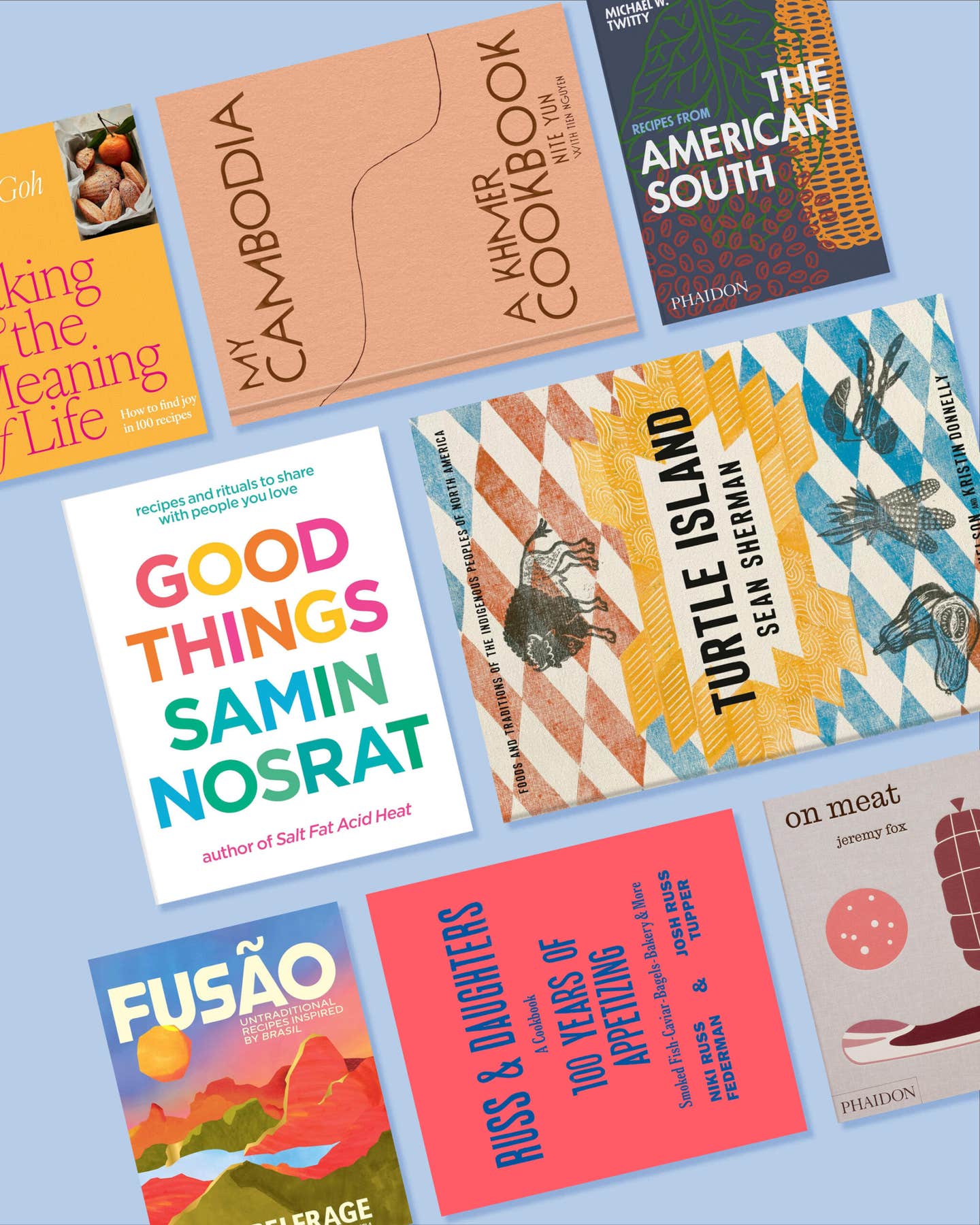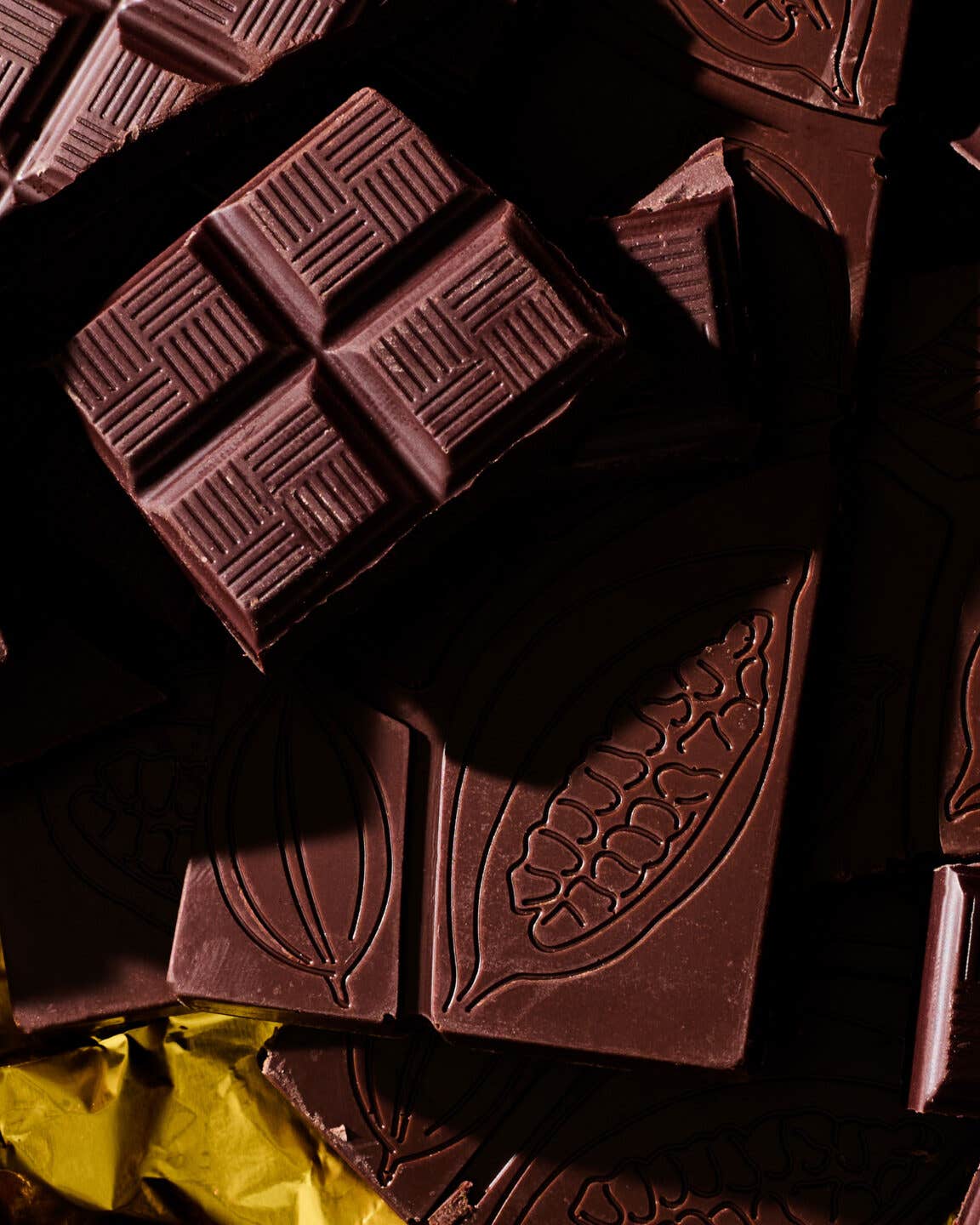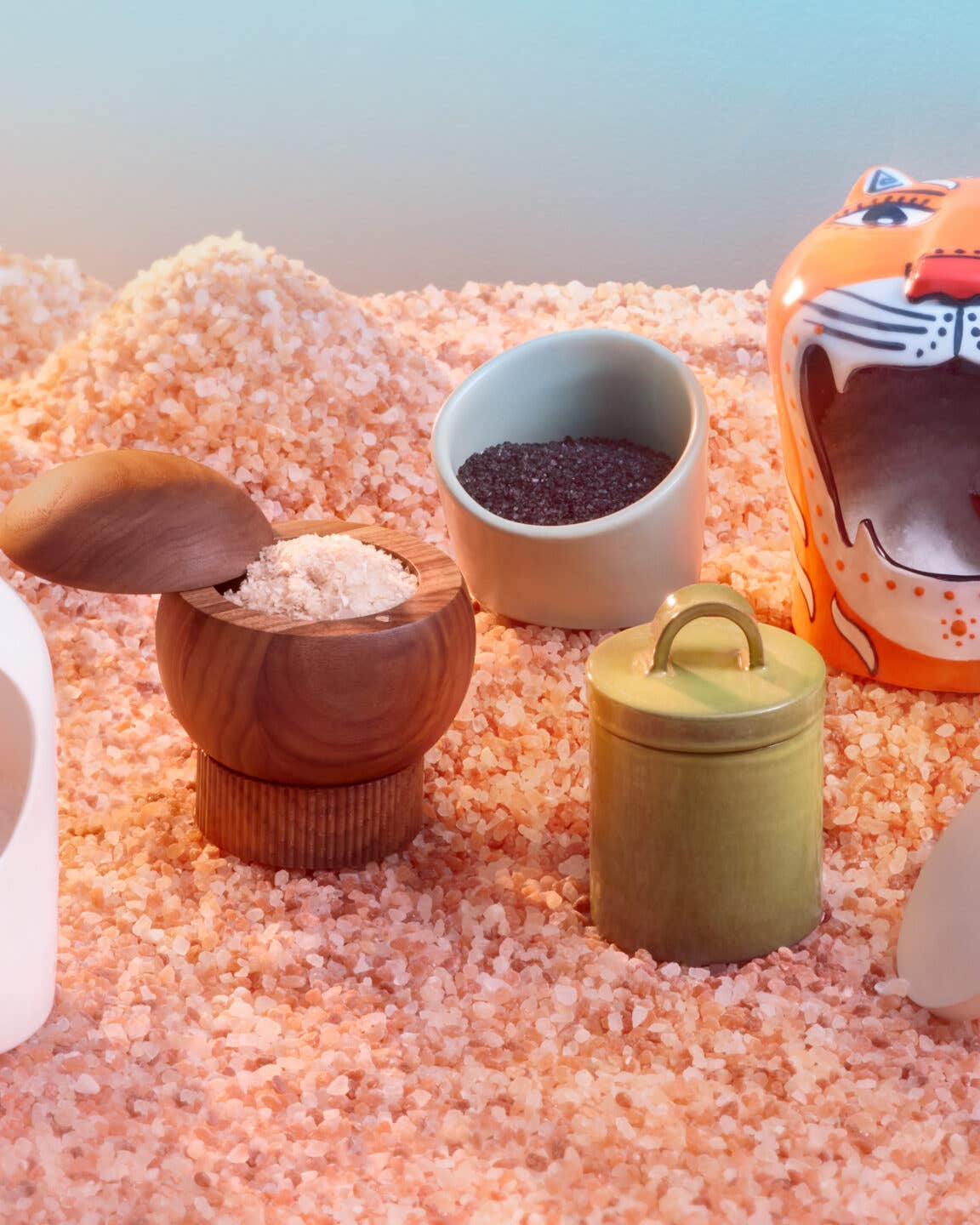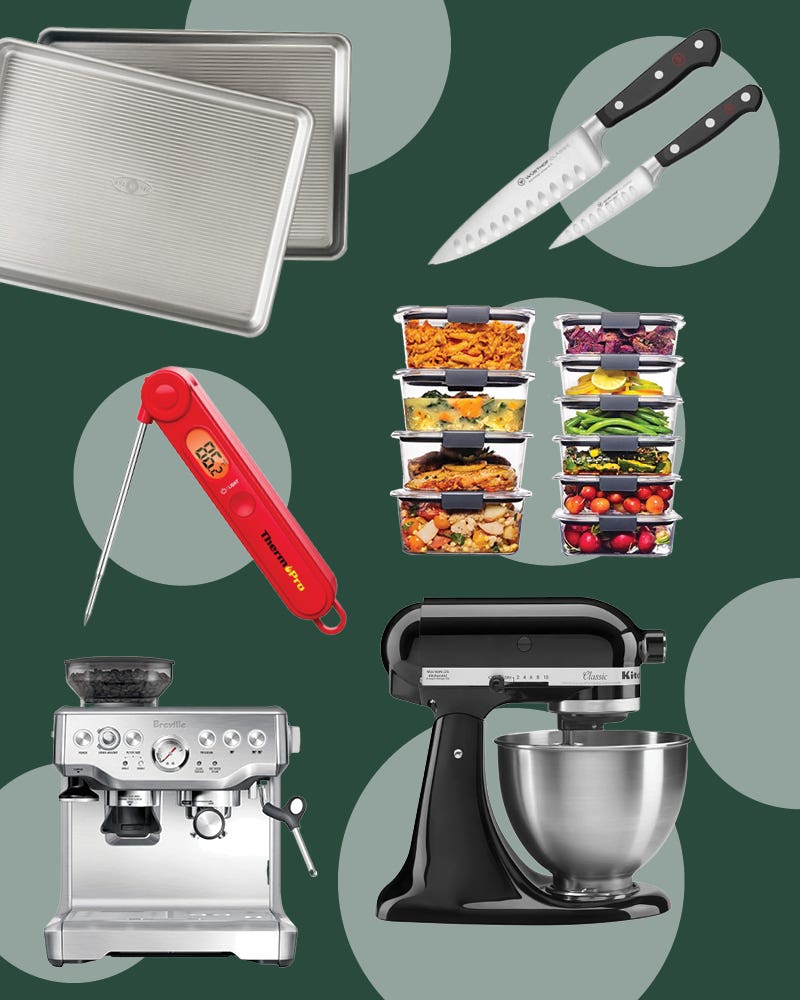These Best Bread Knives Are a Notch Above the Rest
Make light work of slicing tomatoes, shredding lettuce, and more.
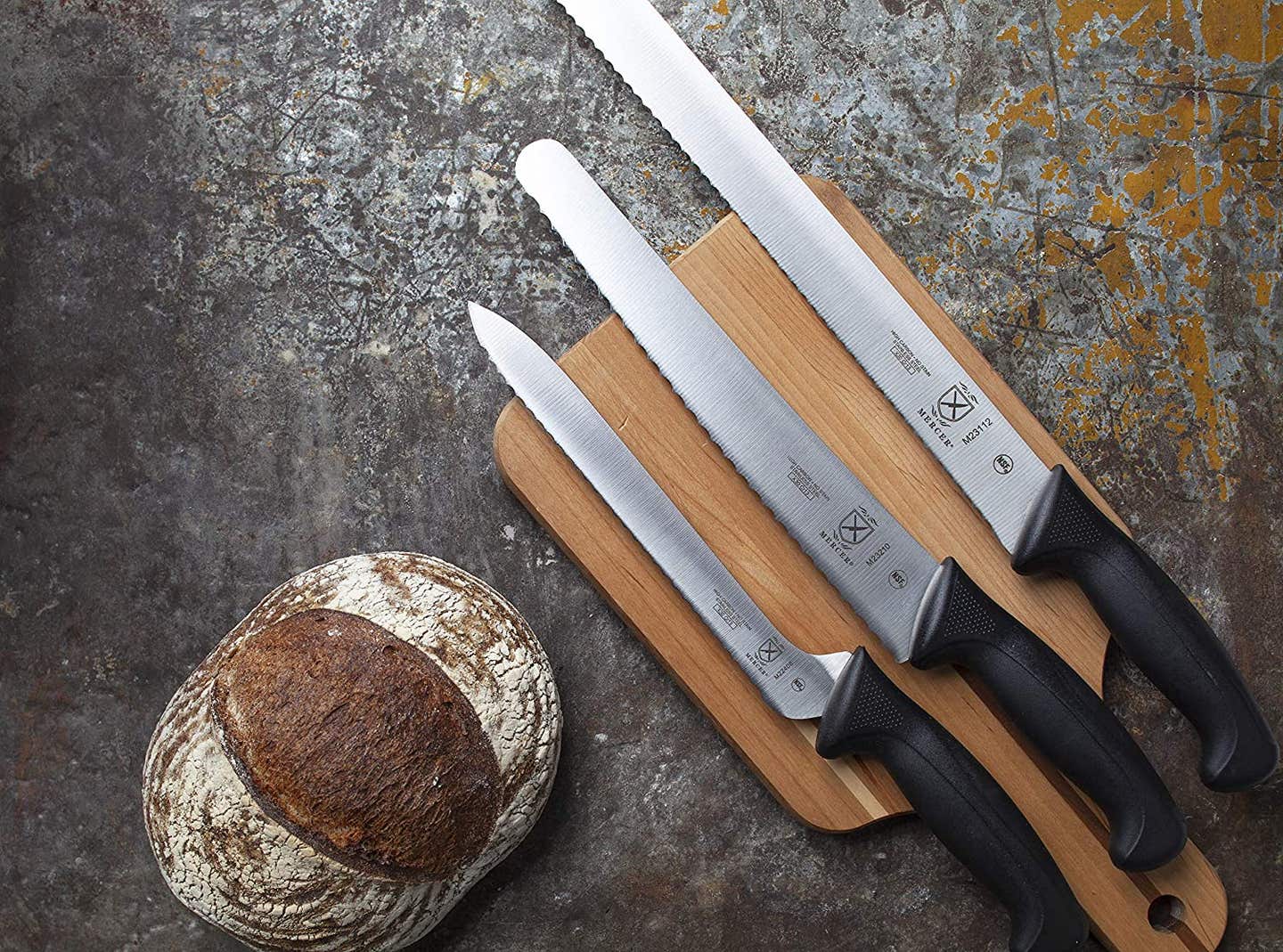
Bread may be the first thing that comes to mind, but there’s more to a great serrated knife than just slicing through sourdough. While chef’s knives are great for chopping and dicing, when it comes to slicing, especially with softer foods, a serrated knife has a distinct advantage. Its magic lies in its individually pointed teeth, which act like a saw when used in a gentle back-and-forth motion, gliding through thick crusts and slippery tomato skins with ease. Because of the serration, bread knives are ideal for soft, spongy foods that might otherwise flatten under the pressure of a chef’s knife (such as bread, tomatoes, and cakes), and also for cutting through thick-skinned veggies and fruits (such as watermelon and squash) without requiring much force. Plus, with proper maintenance, a good serrated knife should last you over a decade, and with minimal need for sharpening.
We asked a few seasoned chefs their top picks for the best bread knives on the market and ranked them according to value, versatility, craftsmanship, performance, and budget. Here’s everything you need to know before investing in a new blade.
- Best Overall: Shun Sora Bread Knife
- Best Value: Victorinox Swiss Army Serrated Bread Knife
- Best On A Budget: Mercer Culinary Millennia Bread Knife
- Best Offset: Shun Classic Bread Knife
- Best Performance: Dalstrong Frost Fire Series Bread Knife
Features to Keep in Mind When Shopping For a Bread Knife
Shape
When it comes to shape, it’s all about personal preference. Blade shape can vary from curved to straight, and handle shapes can vary as well; some, for example, are offset so that your hand doesn’t knock into the cutting surface with each pass of the blade. Curved blades allow for a rocking motion when cutting fruits and vegetables, while a pointed edge helps pierce through tough bread.
Length
“The most common length is 9 or 10 inches because it allows the chef to cut everything from ripened tomatoes to a loaf of bread,” says Dimitri Viaud, Executive Chef at Mille Feuille Bakery in New York City. “The bigger the bread, the longer the blade will need to be,” he says, so a blade of at least 9 inches should work for most loaves.
Sharpening & Maintenance
Most knives are not dishwasher safe, bread knives included, so it’s always best to hand wash them to preserve the sharpness of the blade. Chef Christos Bisiotis, former Executive Chef at Avra Madison and Estiatorio Milos in New York City, recommends drying them properly, oiling them, and maintaining sharpening as often as possible. Due to the irregularity of the blade, it’s usually best to bring your serrated knives to a professional sharpener, who probably has a machine that can make quick work of it.
Another thing to consider is the type of cutting board you’re using. “A wooden or plastic cutting board is great and it’s what most chefs use,” says chef Anthony Caturano, owner of four Massachusetts restaurants, including The Blue Ox and Tonno Gloucester. Caturano warns that hard surfaces, like stone or glass, can damage the blade, or cause it to lose its edge more quickly.
Our Top Picks
Best Overall: Shun Sora Bread Knife
Best Overall
Ask any chef about their favorite bread knife and the Japanese cutlery company Shun is bound to come up. It’s an absolute favorite for chef Caturano: “I’ve had my Shun knife for 10 or 11 years, and it’s as sharp as the day I bought it,” he says. “A serrated bread knife is pretty versatile. It’s my go-to knife for cutting tomatoes, especially fine diced. I also use it to cut tougher things, like butternut squash and pumpkin.”
Featuring wide, low-frequency serrations, the 9-inch blade of the Shun Sora bread knife provides a smooth, precise cut. Since the serrations are angled front and back, you can easily slice through tough bread or veggies using both forward and backward strokes. It’s also lightweight and durable.
Best Value: Victorinox Swiss Army Serrated Bread Knife
Best Value
Chef Christos Bisiotis, recommends the Victorinox Swiss Army because of the “nice balance of the handle and blade. Who can deny that light handle?” At under $40, it’s also a great value. Featuring a curved blade with a serrated edge, the non-slip, ergonomic Fibrox handle offers ample knuckle clearance while slicing through crusty breads and hard-skinned vegetables. Made in Switzerland, this 10.25-inch bread knife weighs only 4 ounces, making it one of the lightest in the roundup, too.
Best on a Budget: Mercer Culinary Millennia Bread Knife
Best on a Budget
Mercer Culinary’s bread knife features a high-carbon Japanese steel blade and ergonomic handle made from durable rubber-like plastic. The 10-inch-long serrated edge makes quick work of even the largest loaves, while the textured finger points provide slip resistance. Dimitri Viaud, executive chef at Mille Feuille Bakery in New York City, says this is one of his top three favorite bread knives: “Let's be honest, not a lot of professionals want to spend more than $50 for ‘just a bread knife.’ This Mercer, in my opinion, is the best compromise. It doesn't require a lot of maintenance or sharpening due to its high-carbon steel, and the handle is well-balanced with a good grip. It’s a mix of plastic and rubber that prevents slipping, which makes it easier to use, especially when slicing veggies.”
Best Offset: Shun Classic Bread Knife with Offset Handle
Best Offset
Shun’s Classic 8.25-inch bread knife features an offset handle with a a steel-core blade that glides easily through bread, veggies, and even tender deserts such as angel food cake. The offset position of the handle allows for additional clearance (so your knuckles aren’t constantly knocking into the cutting board), and the blade features a premium hardness to help maintain its razor-sharp edge. A top pick of chef Bisiotis, the Shun Classic is not only impeccably made, but it’s also versatile: “You can simply take it everywhere. It’s light, it cuts really well and it’s chic. Chefs love their toys—for me, this is one of them.”
Best Performance: Dalstrong Frost Fire Series Bread Knife
Best Performance
Chef Viaud calls the Dalstrong Frost Fire Series 8-inch bread knife his top pick. The ergonomic design features a “very good handle and grip,” he says, making it “light and very well balanced. The blade is thick and sharp,[and the pointed serration is perfect for heavy duty uses.” It’s great for cutting through “sourdough toast or any type of bread with a hard crust, and the TPI (teeth per inch) makes the cut easier with fewer crumbs.”
Featuring a scalpel-like sharpness , the 7-level high-carbon, high-chromium steel is sandblasted for a frosted look that enhances its non-stick properties. The handle is made of white resin and enclosed in an aluminum mesh designed to improve durability.
Ask the Experts
How long should a bread knife last?
According to chef Bisiotis, “If you take care of things and you want them forever, you might be able to keep them forever; a bread knife with proper care could last for up to 15 years.” But it all depends on the quality of the knife to begin with, and how well you maintain it. Wash by hand, dry immediately, and sharpen as necessary to keep the blade and handle in tiptop shape.
What’s the best way to sharpen a serrated blade?
Chef Bisiotis prefers to use a round ceramic hone: “I gently pass it through each serration. It works!” he says. It can be time-consuming, though, and the finesse required might lead to mistakes and possible injuries for less experienced home chefs. Chef Caturano recommends foregoing the DIY approach and visiting a pro instead: “There are professional companies out there with machines that can sharpen the serrated edge for you,” he says, which will save you time (and your fingers!).
Keep Reading
Continue to Next Story
